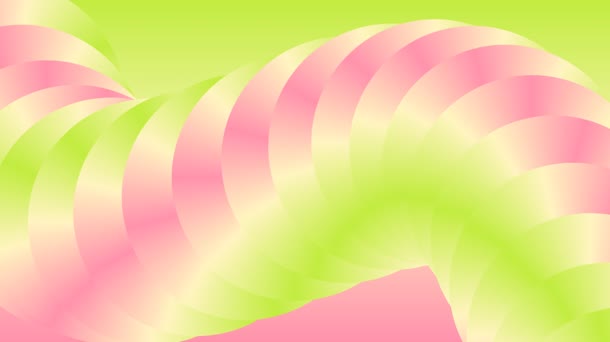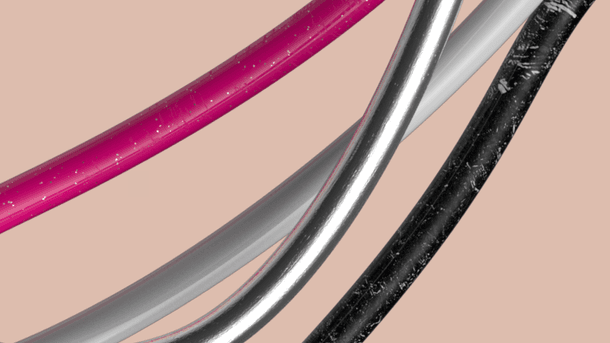If you’re on the hunt for your next design role, you know that finding the right fit goes beyond your skills and portfolio (although they are crucial). Every studio or agency has its own hiring principles and approach, which may not be obvious to you as an applicant. That’s why we want to shed some light on the process and give you a sneak peek into our own experiences. In this article, we’re diving into the factors that can influence hiring principles and sharing what really matters to us when it comes to choosing the perfect designer for our team.
So, how do land your dream job at a design studio?
1. Choose your strategy
The job search is a goal-oriented process. Having a clear goal in mind will help you navigate the steps to get there. Define your goal as precisely as possible: do you see yourself in a big studio with endless resources, or do you prefer the freedom and versatility of a smaller team?
Size matters. The lower the employee count, the greater the demand for independence. Smaller studios, like ours, often seek versatile designers who can execute projects without constant guidance. With limited resources for training, we look for candidates with strong portfolios and the ability to make independent decisions, even when hiring our junior designers.
Co-founder of ESH gruppa, Valery Kozhanov, on why we’re not in a rush to grow our studio:
Our founding DNA was formed by four passionate and self-motivated designers. And, even though we manage the studio, we’re all still actively involved in the design process. We truly believe that a small but well-coordinated team can achieve a lot. That’s why we’re growing carefully and thoughtfully, ensuring we have the freedom to choose the most exciting projects. Otherwise, instead of seeking out designers for cool projects, you may end up coming up with projects for bored designers.
2. Treat your portfolio as a project
Remember, your portfolio should tell a story about who you are as a designer. It speaks volumes about your expertise, experience, and design philosophy. So, make sure your portfolio shows your unique vision and reflects your potential.
In fact, our team often finds ourselves reaching out to exceptional designers whose work catches our eye. We’re also known to follow the classes of powerful teachers, where we frequently find strong candidates for interviews.
But what exactly do design studios like ours look for when we receive your portfolio? Everyone seeks an attentive and responsible professional who is dedicated to delivering quality work. Now, what does quality work mean? Well, it varies depending on the studio, but for us, it boils down to a few essential criteria.
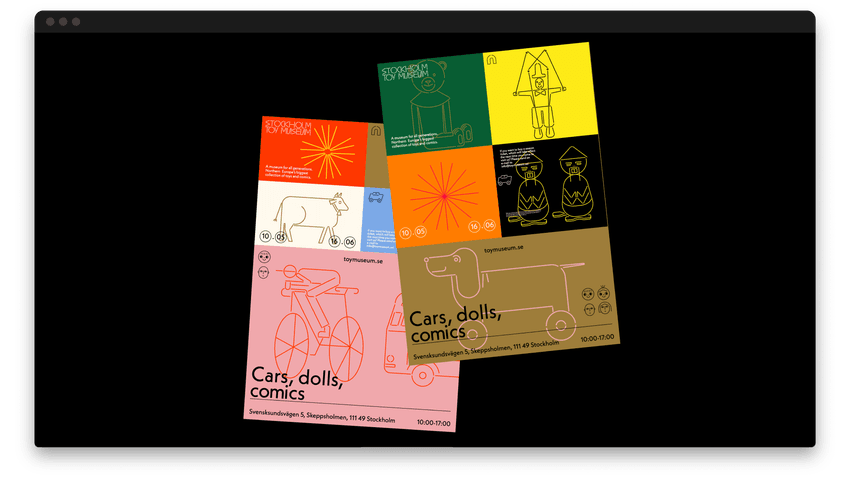
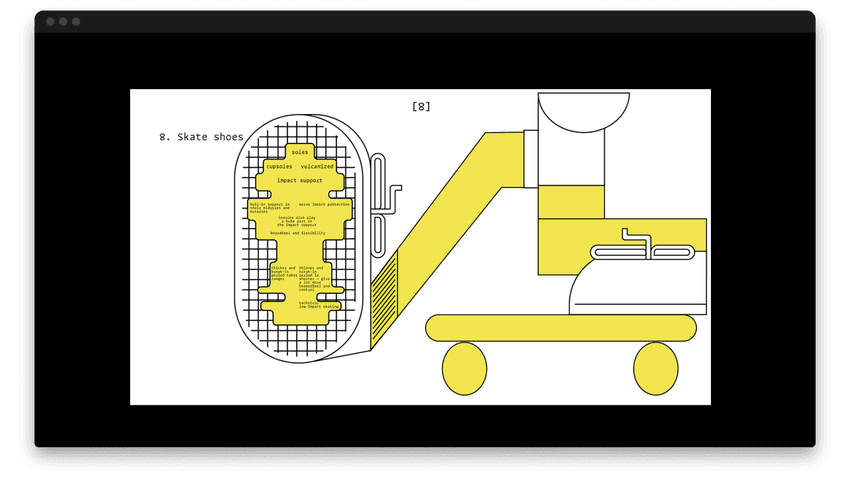
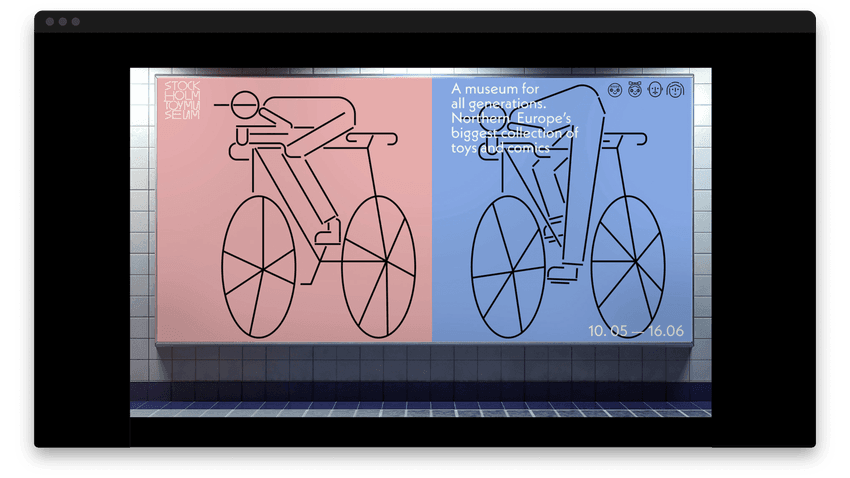
, middle designer of ESH. [Portfolio of Anna Kolysheva](https://www.behance.net/Akolysheva), middle designer of ESH.](/images/anna-kolysheva-04.850x478.png)
Solid understanding of composition and form
Unfortunately, we see specialists with years of experience making systemic errors when working with the fundamentals: typography, color, and composition. Sure, these can be polished for a lifetime, but there is a visible limit below which the work no longer appears to be of high quality.
Graphic and typographic sophistication
We value a designer who’s able and willing to depart from formulaic templates and does so in a visually refined way. This auteur quality is something we want to engage with in our collaborative projects. So be sure to highlight your unique approach to stand out from the crowd.
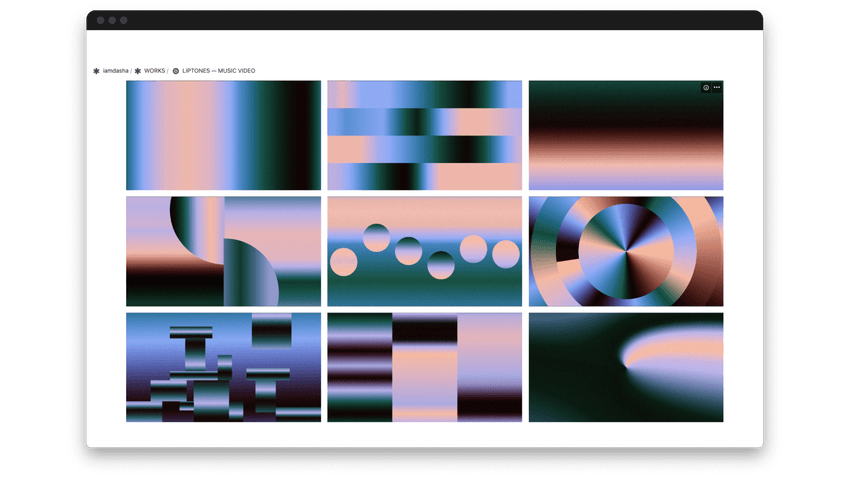
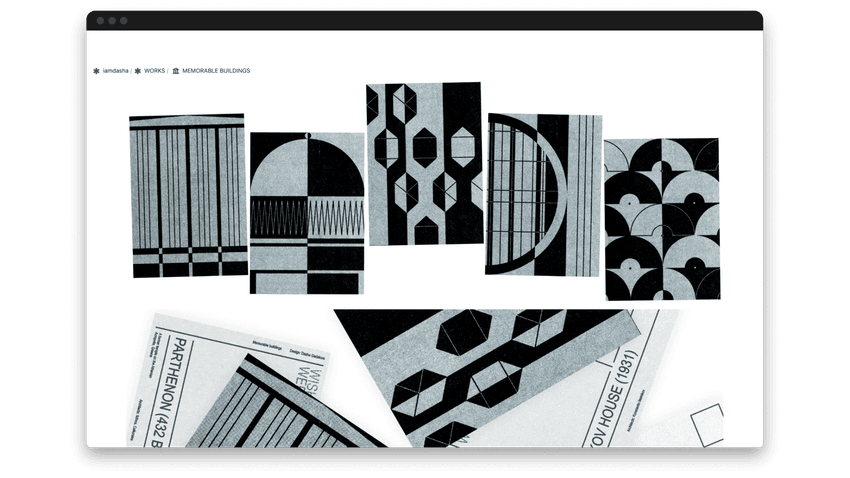
, junior designer of ESH. [Portfolio of Dasha Gadalova](https://iamdasha.notion.site/iamdasha/iamdasha-bd333c5c1465442dab7f1a910fcbc33e), junior designer of ESH.](/images/dasha-gadalova-04.850x478.png)
Web Portfolio (Website / Notion / Behance / Dribbble)
We consider a portfolio in any format when looking for junior designers. We probably won’t review a portfolio that is sent to us in a zip archive, a pdf file, or through disk links if the requirements are higher.
Project quality, level, and relevance
Different positions require different skill sets.
The right fit is key, so aligning your portfolio with the position you’re aiming for can give you an edge. If we’re on the lookout for a motion design specialist, we’ll evaluate your experience in that domain. For our senior-level designers, we value hands-on expertise in crafting brand identities. When hiring a junior designer, we look for well-made personal and study projects. Competitions and awards are always a plus.
Сompelling presentation
We want your portfolio to be more than just a collection of your work. It needs to be a well-thought-out design project. We want to see:
- Concept, with the platform’s limitations in mind;
- Careful selection;
- Precision and attention to detail;
- Structured narrative and presentation hierarchy;
- Quality choice of mockups, case covers, and text comments.
Well-crafted and informative cover letter
Everything that relates to your professional life is part of your presentation: how you write letters, how you communicate with colleagues. So when it comes to your cover letter, think of it as your personal showcase, highlighting your communication style and professional approach. Understand the studio’s brand and ethos, emphasize relevant skills and experiences, and don’t forget to mention your own professional goals — focus on how all these align with the studio’s direction and needs. Then proofread. Then proofread again. Make that first impression count!
3. Identify your values and goals
If there’s a match in terms of meaning and values, it’s easier to articulate and achieve shared goals. That’s why, when we interview candidates, we talk about our expectations for working together to see if we’re a good fit.
Here are our values:
We evolve through friendship.
Starting out as a team of college pals, we have managed to stay together despite the passage of time, distance, and external constraints. We grow our team by working with people who share our values: humor, experimentation, horizontality, and self-discipline.
We work with you, not for you.
We view our clients as partners and aim for the long term. Our first collaborative venture is rarely the last. And, like any lasting relationship, this one is founded on transparency, open communication, empathy, and mutual respect.
We do our homework.
We are thrilled to see businesses thrive because of our work. To achieve this, we carefully research their field and delve into the context and history, expanding our expertise. This way, we can craft a design that matches their needs.
We design outside the box.
Our group worked on many projects that called for an artistic approach. We know how to come up with creative solutions and use custom typefaces, generative graphics, and unique user experiences to produce recognizable and compelling designs.
We make cultural statements.
Great design has layers. That’s why we strive to incorporate cultural background into our design process rather than focusing solely on business goals. This depth has been recognized by our peers and experts in the design community — with awards to show for it.
4. Value your time
Tired of being asked to complete test assignments? Many companies, especially larger ones, still incorporate this practice into their recruitment process. But is it really necessary?
As a small design studio, we believe that requesting test assignments is not only unreasonable but can also be seen as unprofessional. Why? Because your talent and skills can easily be recognized by an experienced eye just by studying your portfolio.
Instead of putting candidates through the test assignment wringer, we prefer to reveal the nuances and ensure our compatibility by offering the opportunity to work on a test project together. And guess what? We’ve never had a situation where the designer’s results were of lower quality than what was showcased in their portfolio. So, if you’re looking to get your foot in the door of a design studio like ours, focus on improving your portfolio and how you present it.
So, what does it take?
As you can see, landing that perfect job takes strategy, preparation, and, above all, understanding the company you’re applying to. By digging deeper, you’ll be able to tailor your portfolio and application to make them stand out from the rest. Emphasize the projects that align with the company’s needs and showcase how you can be the solution to their design challenges.
Remember, job searching is not just a mundane task — it’s a project in itself. Approach it with the same level of dedication, responsibility, and skill you would bring to your design projects. Your dream job awaits — you just have to design the path to get there!

